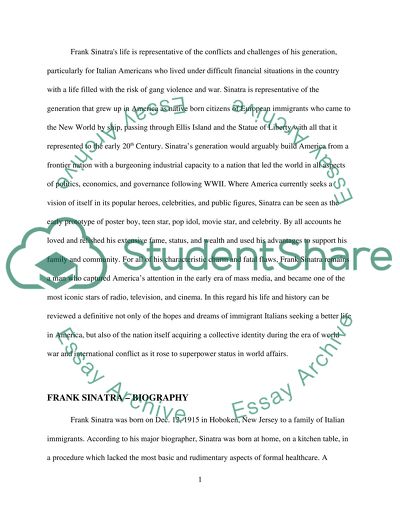Cite this document
(“Frank Sinatra As An Italian American Term Paper”, n.d.)
Retrieved from https://studentshare.org/history/1430682-frank-sinatra-as-an-italian-american
Retrieved from https://studentshare.org/history/1430682-frank-sinatra-as-an-italian-american
(Frank Sinatra As An Italian American Term Paper)
https://studentshare.org/history/1430682-frank-sinatra-as-an-italian-american.
https://studentshare.org/history/1430682-frank-sinatra-as-an-italian-american.
“Frank Sinatra As An Italian American Term Paper”, n.d. https://studentshare.org/history/1430682-frank-sinatra-as-an-italian-american.


